#actsofpostvandalism2023, Düsseldorf
The exhibition “actsofpostvandalism2023” in Düsseldorf presents nine artists who explore the genre of post-vandalism from different perspectives. The exhibition is curated by Peter Michalski, who, as an art historian and freelance author, has long been intensively involved with the topic of post-vandalism. In the context of his own exhibitions and the curation for the project space hood-projects, he has gained a wealth of experience in this regard.
The term post-vandalism describes the non-figurative branch of street art. The participants in this genre mostly design undergrounds in semi-public spaces such as sewage shafts, demolition sites or underground tunnels. What the artists have in common is that they rigorously reject the imitative design found in other street art. For some years now, some post-vandalists have been making their way into the public sphere, especially towards galleries. They have taken up the challenges of the “white cube” and challenge it with their formal language.
Düsseldorf 2 – 18 June 2023 Reisholzer Werftstr. 77 40589 Düsseldorfer
Opening with programme Friday 02.06.2023 20-00 h
Opening hours Saturday / Sunday 13-18 h
Introduction of the participating artists
Jakob Traxlmayr (Österreich / Griechenland)
With his frottage technique, Jakob Traxlmayr is the only artist who creates physical works in the environment and places them in an exhibition context without removing the original images from the public space. The canvases, in some cases pre-designed by him, combine with the pre-existing motif to create pictorial works characterised by multi-layered structures in which chance merges with planning and limited control.
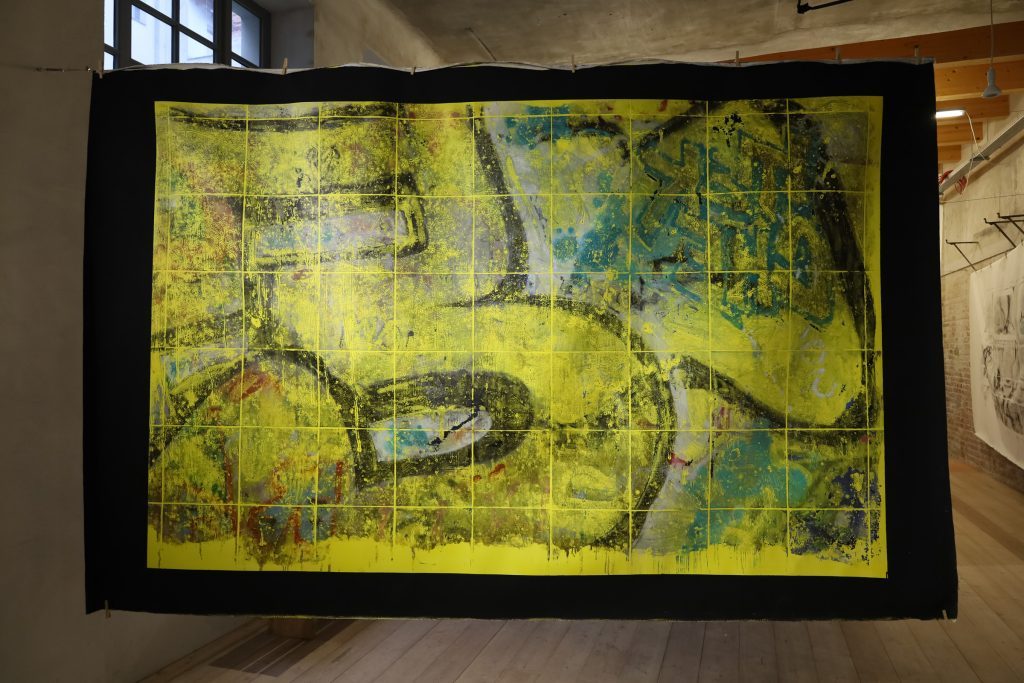
abcdef (Deutschland)
abcdef does not consider himself a painter, because “he draws with a spray can on the wall and floor”. For the most part, he limits himself to black and white in his works and only adds a few painting accents. He tends to be a minimalist. His other artistic side is expressed less often and then leads everything already said ad absurdum, because then he creates enormous pictorial worlds that are bursting with dynamics and colour violence.
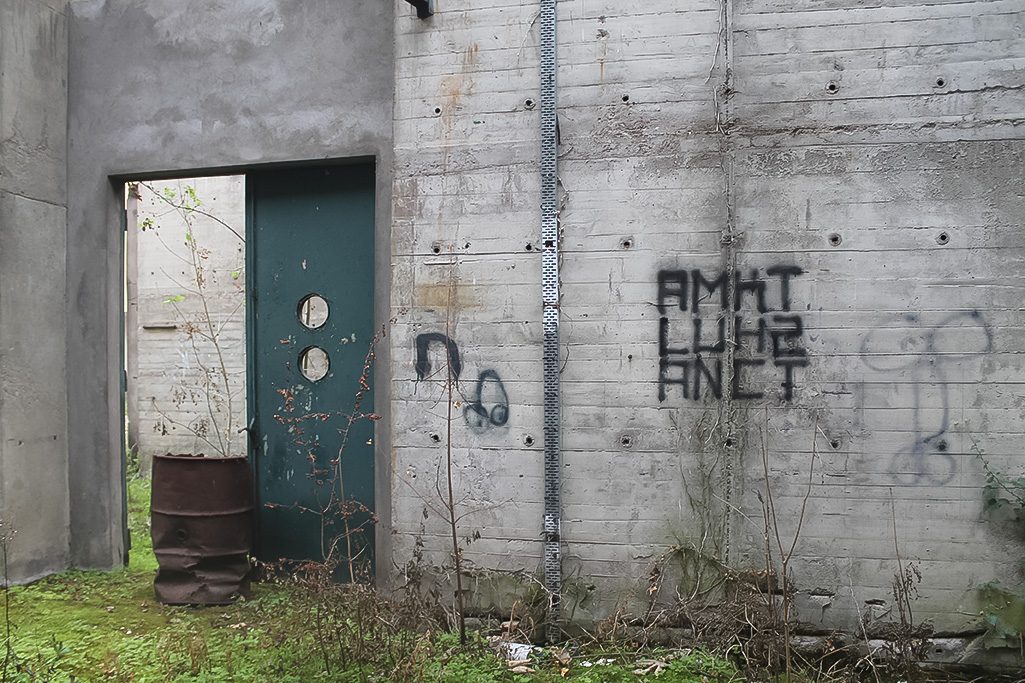
Blazej Rusin (Polen)
In his mostly large-format and often over-coloured works, Polish artist Blazej Rusin plays with representation in non-figurative painting. As much as it seems that his paintings have a construct, show the contour of an object, they remain non-objective.
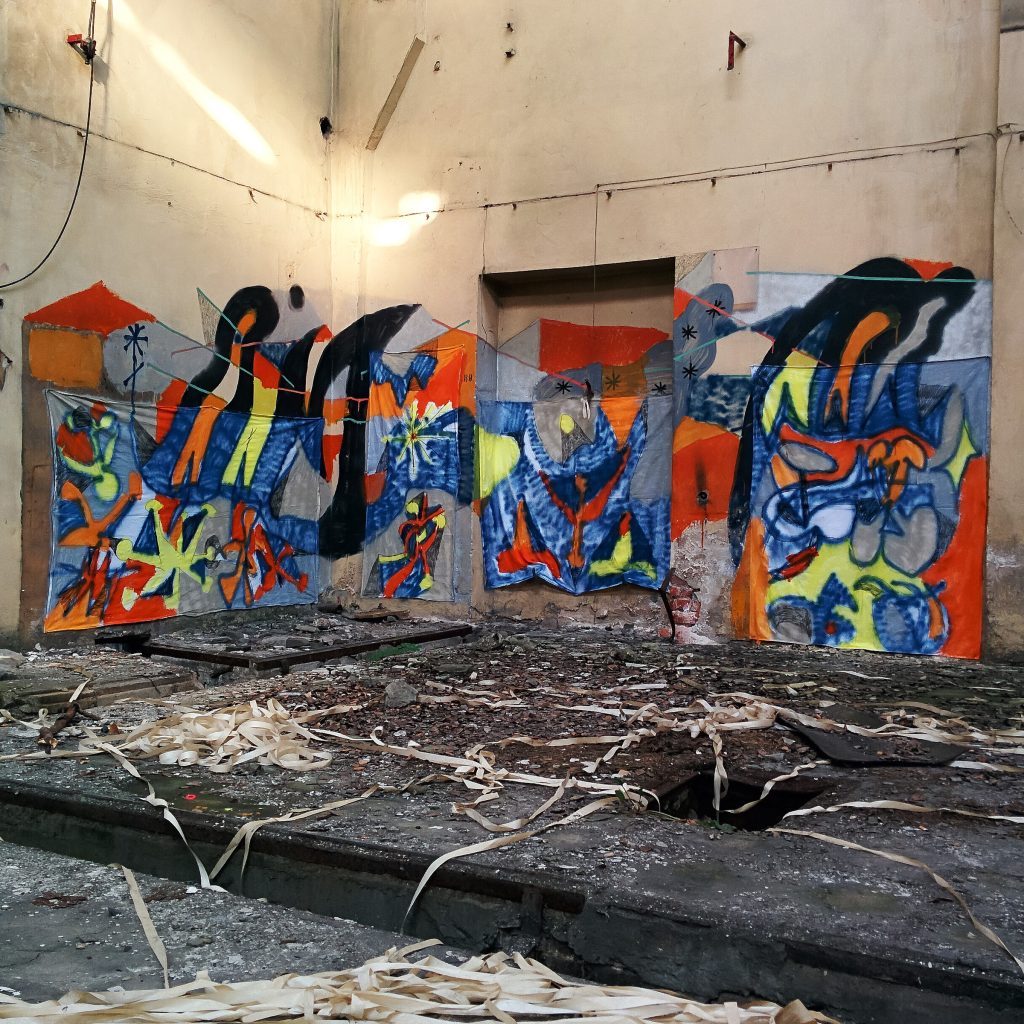
keinfriede (Deutschland)
The southern German artist keinfriede has devoted himself to the geometric direction of post-vandalism. He has clarified the question of form for himself, he has deliberately limited his choice of colours and in this narrow playing field and with these few means he experiments with his painting.
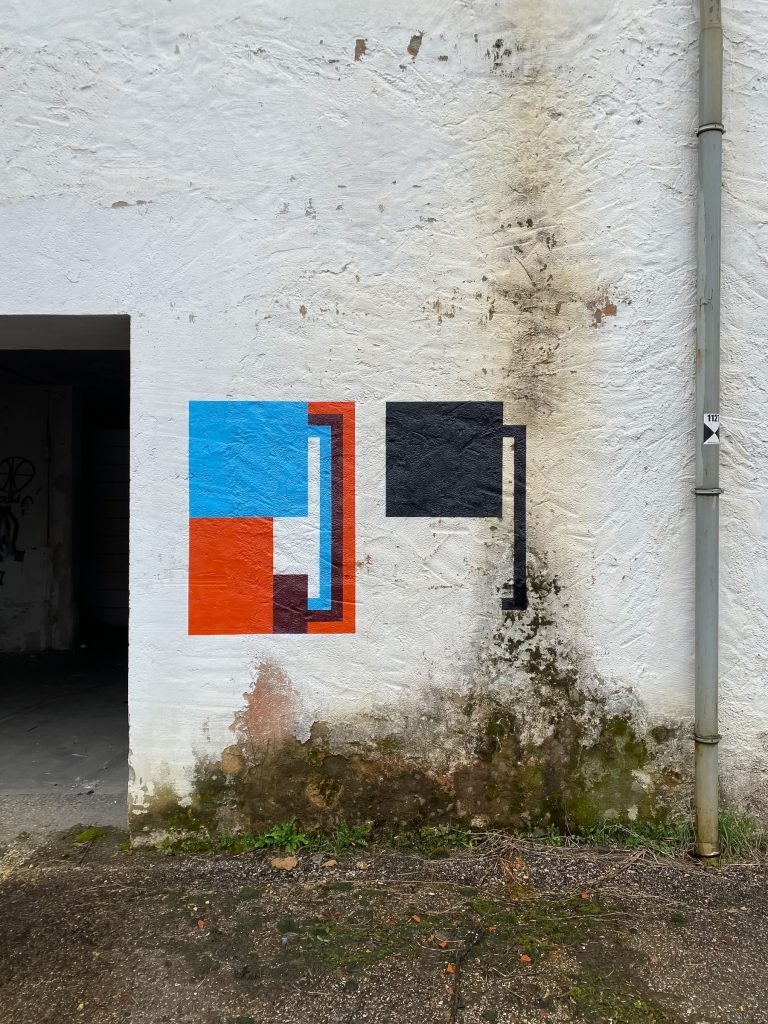
Dima Mykytenko (Ukraine)
Dima Mykytenko is a young but experienced Ukrainian artist who has been living in exile in Düsseldorf since 2022. His paintings come in a variety of guises, but they are united by their relationship to their surroundings. Only after this work/environment dialogue does communication with the viewer come into play.
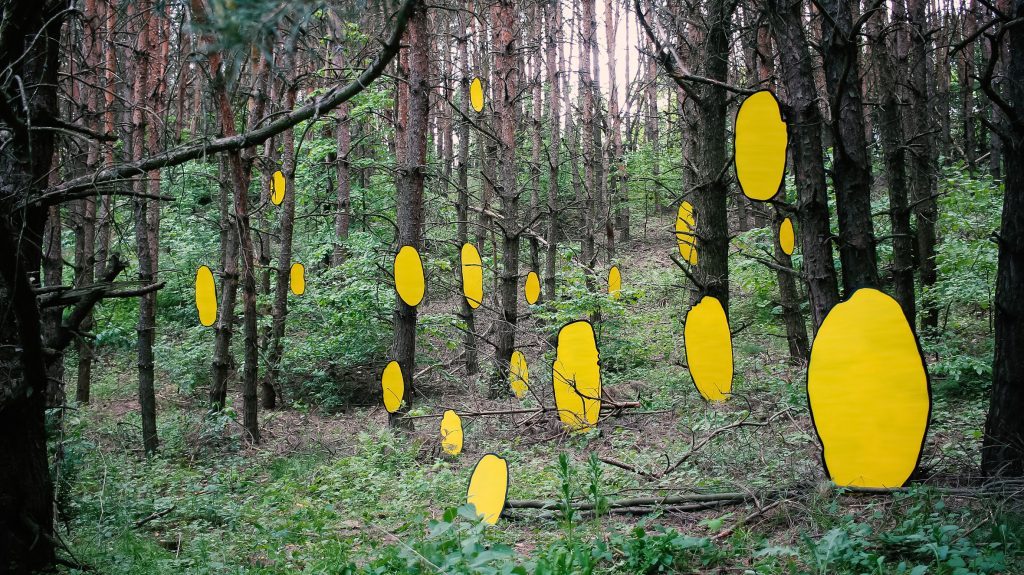
Hams Klemens (Frankreich)
The trademark of the Frenchman Hams Klemens are large-format paintings. They are colour spectacles, characterised by rough strokes. They testify to the artist’s power and expressive will.
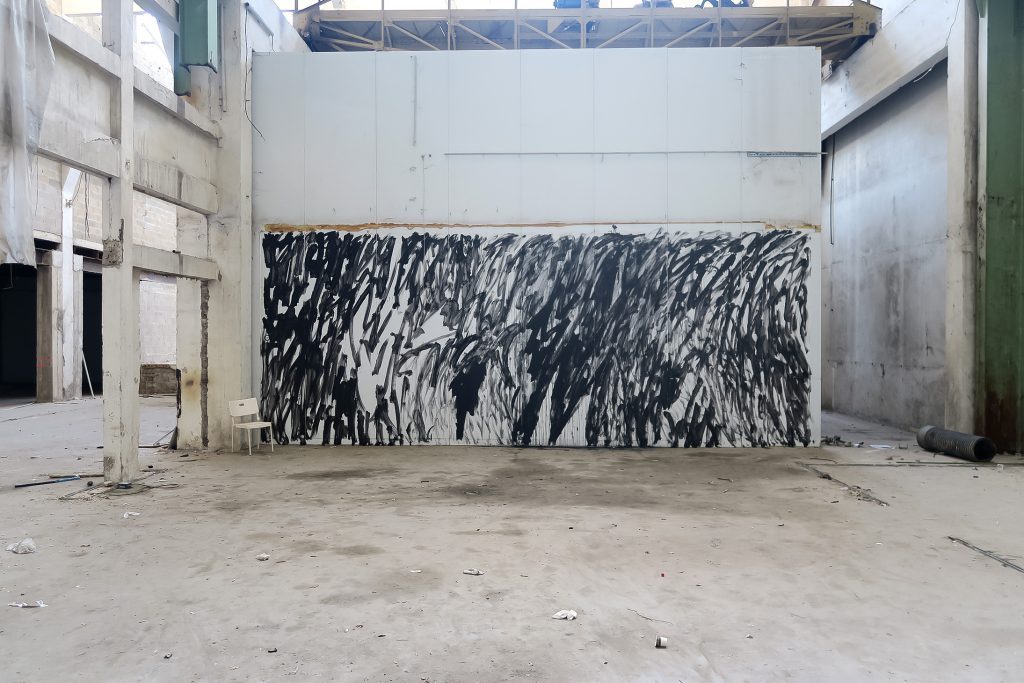
NUG (Schweden)
NUG is a painter and video artist from Sweden. In his videos, he celebrates his limited predictable artistic attitude and the resulting painting, which may seem chaotic and often even humorous, but is characterised by serious background. His biographical background as a former style writer results in a struggle for artistic freedom that manifests itself in his works.
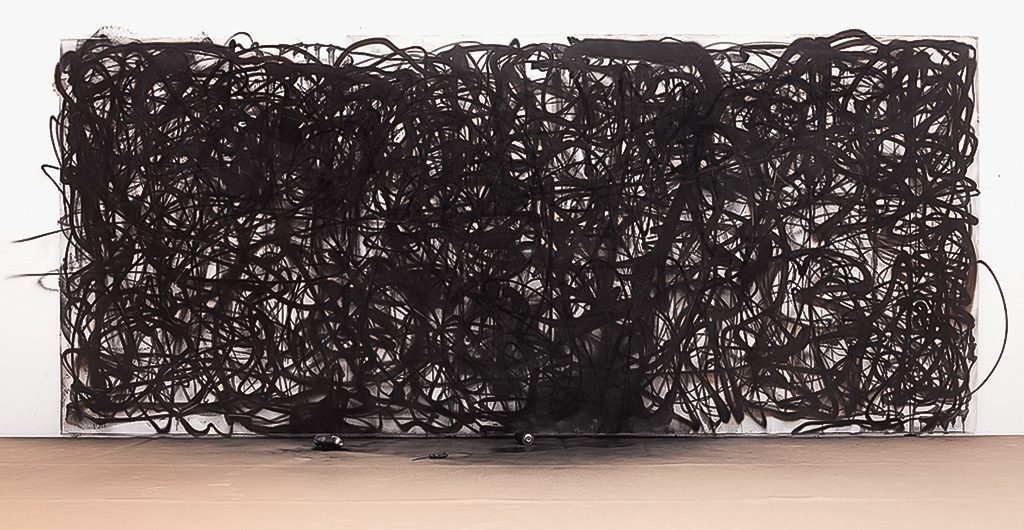
Henny Overbeek (Niederlande)
In his latest works, the Dutch artist Henny Overbeek places small strokes next to and on top of each other in a non-hierarchical painting style, creating dark, almost achromatic, but thus mysterious-looking colour panels. In detail, these are static, but in the overall impression they seem to move. This visual play virtually draws the viewer into the picture and allows him to participate in it in this way.
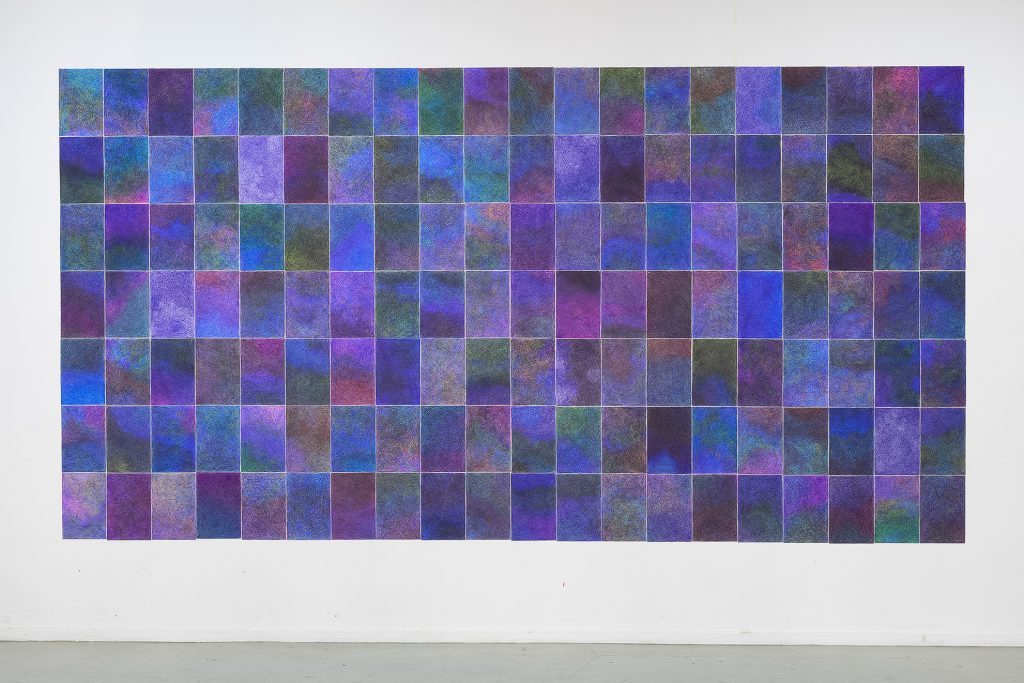
UNDOG (Niederlande)
The current project of the Dutch artist and designer UNDOG shows the reduction of painting to two black lines that cross in the middle of a sheet of paper. He has repeated this 1000 times and documented it in a book, which is presented here as a sculpture, among other things.
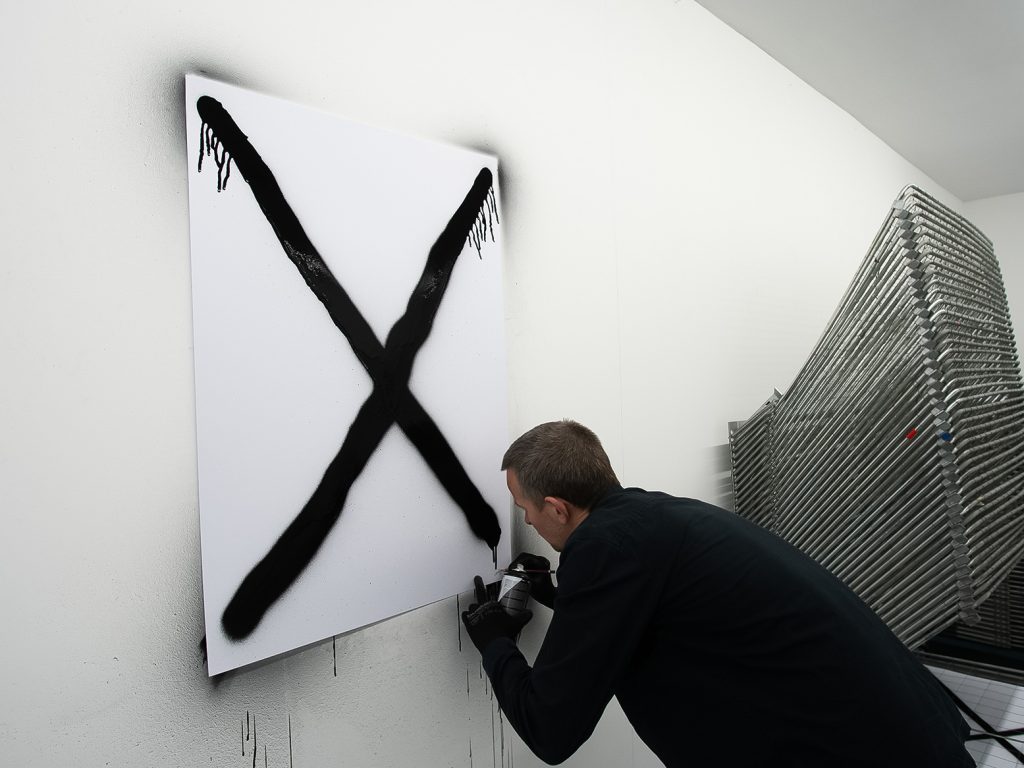
385 views
Categories
Tags:
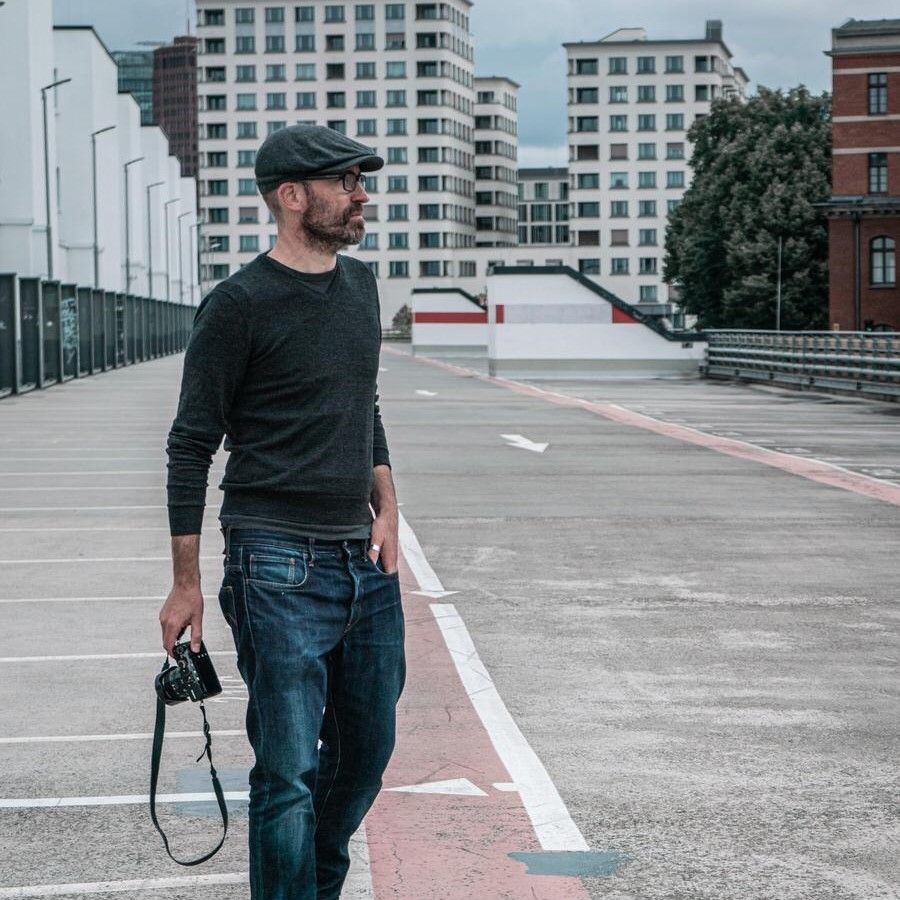
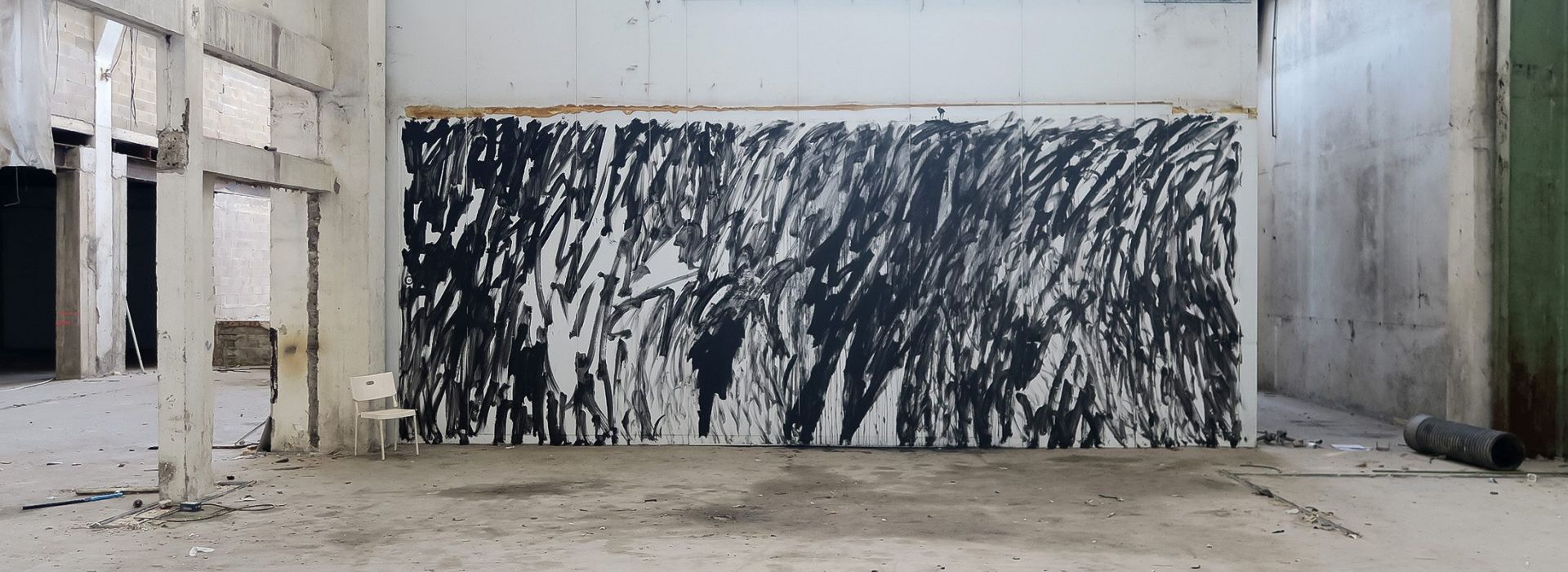
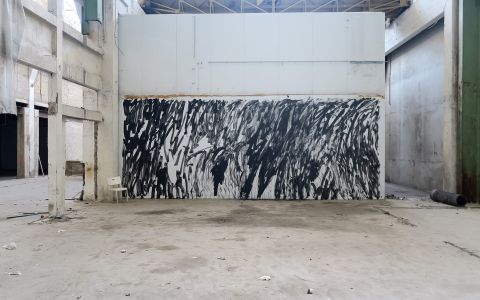
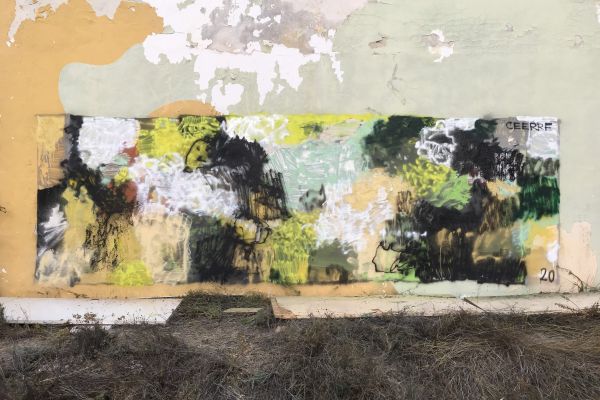
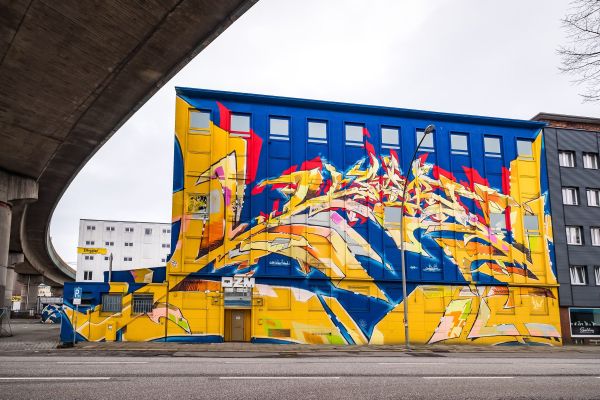
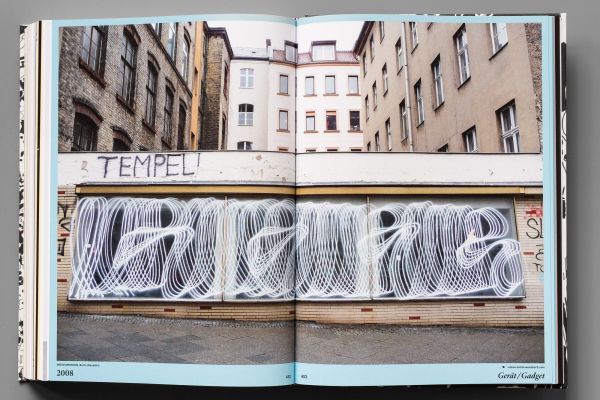
Leave a Reply